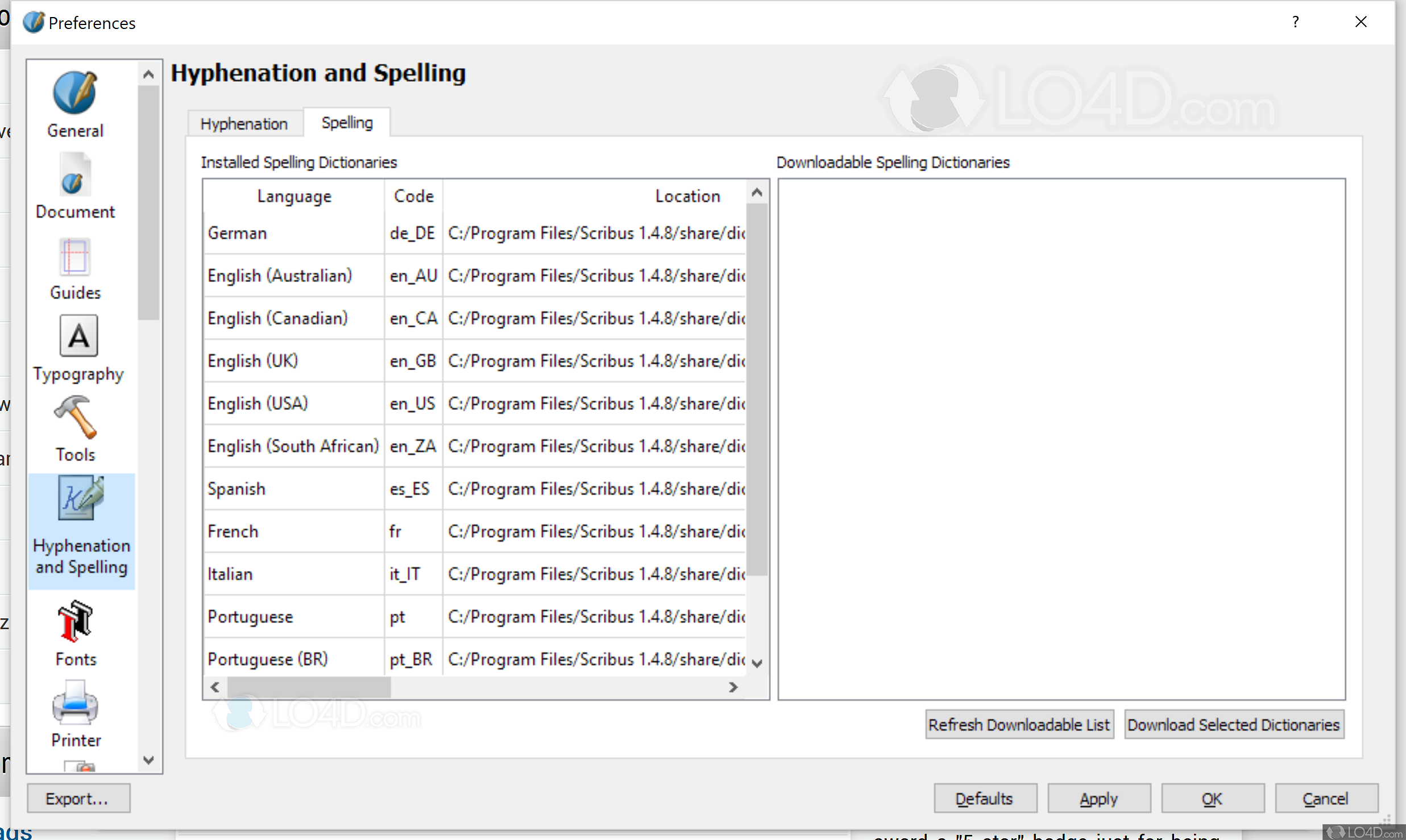
Besides changing the used font, its size and color, you can also subscript and superscript letters, make them taller, shorter, wider or thinner, increase or decrease the space between letters and more. Furthermore, the software displays rulers, on the edges of the main editing area and it also displays X and Y coordinates next to the mouse cursor, to help you align a page's elements with pin-point accuracy. The boxes can be inserted without any effort and you can move and resize them by clicking and dragging, without being hindered by any automatic alignment features. You can insert text and image boxes and fill them with contents from your local folders. Alternatively, you can choose one of many templates, for cards, brochures, newsletters and so on, if you don't want to start from scratch.Īs previously mentioned, Scribus allows you to place and lay out your contents without making any automatic adjustments.
It is also possible to select a default measuring unit, manually set up page margins or to choose preset margins and more.

Additionally, the software places numerous page formats at your disposal, from A1 to C9 and many others and it allows you to customize your own height and width as well. When creating a new project, you can choose a general layout, like single page, double sided, three-fold and so on. What's more, the software is distributed free of charge and it is cross-platform, so you can use it on multiple operating systems, including Mac OS X. Scribus gives you complete freedom to lay out your pages however you want, without getting in your way with annoying automated features, like auto-correct or automatic paragraph alignment.

If you need to arrange text, images and other contents on several pages, then you should look for a specialized publishing application. Creating a newspaper or magazine layout with a conventional word processor is what an amateur would do.


 0 kommentar(er)
0 kommentar(er)
